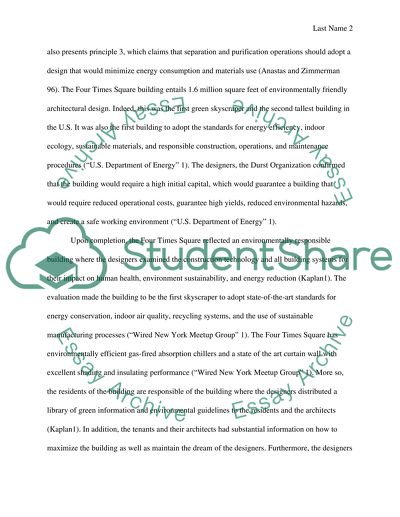Cite this document
(“Green Engineering Essay Example | Topics and Well Written Essays - 1250 words”, n.d.)
Retrieved from https://studentshare.org/engineering-and-construction/1492510-green-engineering
Retrieved from https://studentshare.org/engineering-and-construction/1492510-green-engineering
(Green Engineering Essay Example | Topics and Well Written Essays - 1250 Words)
https://studentshare.org/engineering-and-construction/1492510-green-engineering.
https://studentshare.org/engineering-and-construction/1492510-green-engineering.
“Green Engineering Essay Example | Topics and Well Written Essays - 1250 Words”, n.d. https://studentshare.org/engineering-and-construction/1492510-green-engineering.


